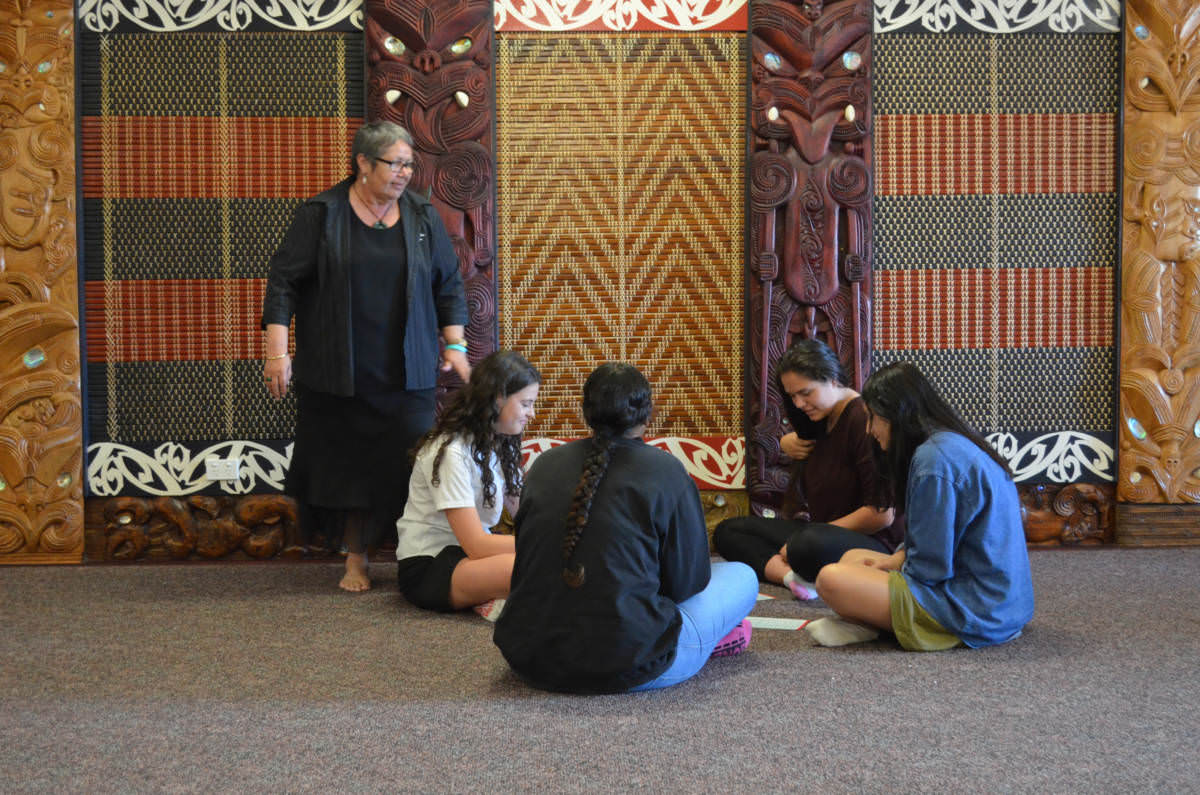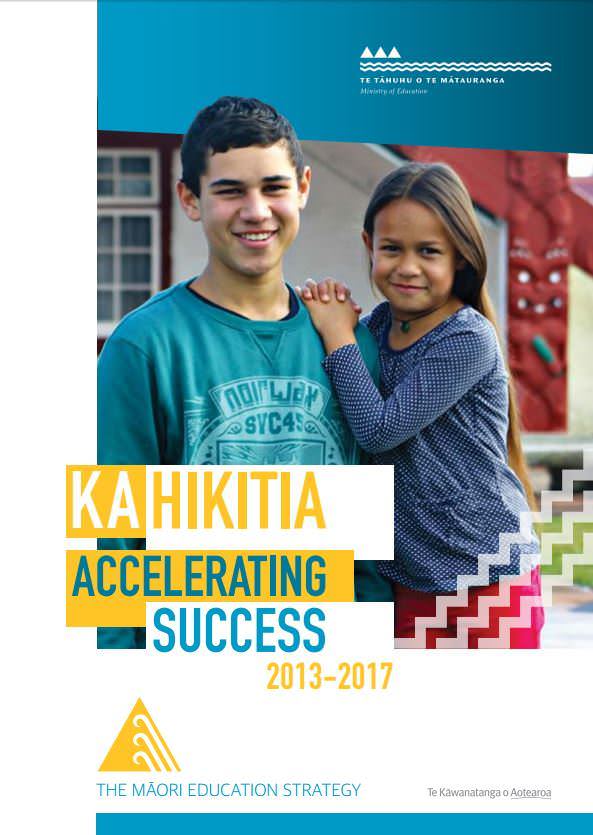 The journey to these Huatau Taiohi began when the Kia Eke Panuku Expert Advisory Group developed a discussion chart to exemplify what they understood by by the Ka Hikitia phrase: "enjoying and achieving education success as Māori".
The journey to these Huatau Taiohi began when the Kia Eke Panuku Expert Advisory Group developed a discussion chart to exemplify what they understood by by the Ka Hikitia phrase: "enjoying and achieving education success as Māori".
Students then tested this discussion chart at nine Hui Whakaako held from Whitiora Marae in the Far North to Te Rau Aroha Marae at the Bluff. Taiohi from 58 Kia Eke Panuku schools shared what they had experienced and understood by "enjoying and achieving education success as Māori".
Under the mantle of protection afforded by these marae, the thoughts (ngā huatau) of these young people (taiohi) ebbed and flowed. They were captured on tape, transcribed and common themes across the Hui Whakaako began to emerge. The consistency of commentary from one marae to the next, attests to the legitimacy of these messages. In reading them we are challenged to consider our own responses to their voices and how we might ensure all Māori students are able to enjoy and achieve education success as Māori.
Extracts from the students’ voices have since been organised under each of the themes and the students’ own discussion charts were developed for each of the marae. These have now been published.
A series of Ngā Huatau Taiohi publications have been made available to the participating schools. These web pages are aimed at making that material accessible and interactive. We also provide an analysis and summary of the implications of these important student voices.

 The journey to these Huatau Taiohi began when the Kia Eke Panuku Expert Advisory Group developed a discussion chart to exemplify what they understood by by the Ka Hikitia phrase: "enjoying and achieving education success as Māori".
The journey to these Huatau Taiohi began when the Kia Eke Panuku Expert Advisory Group developed a discussion chart to exemplify what they understood by by the Ka Hikitia phrase: "enjoying and achieving education success as Māori".
